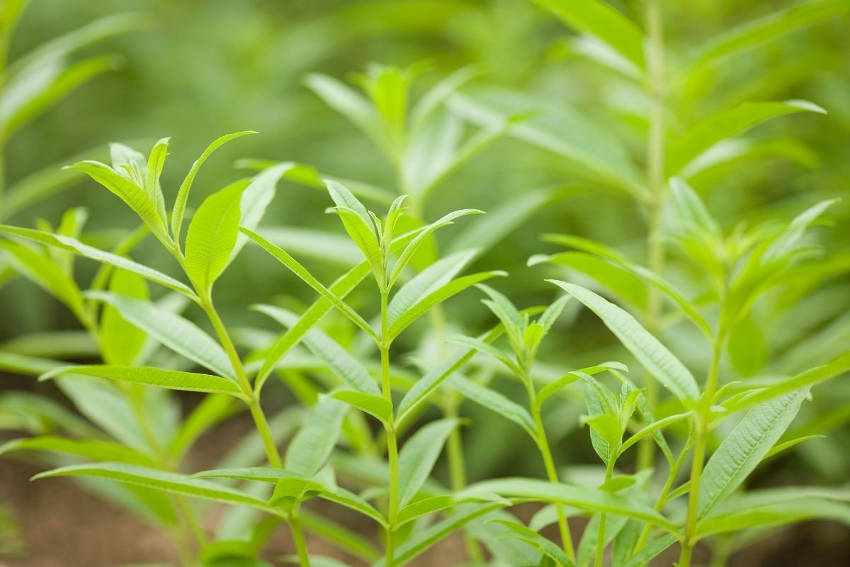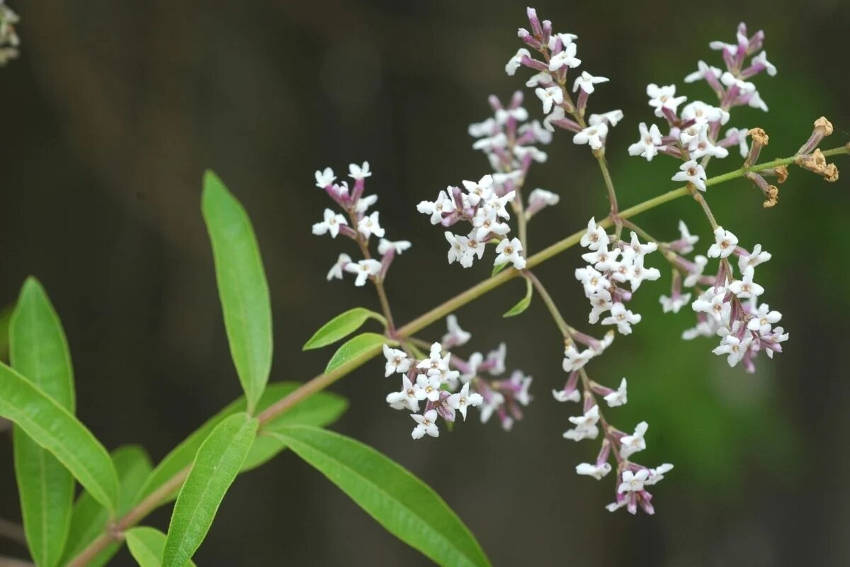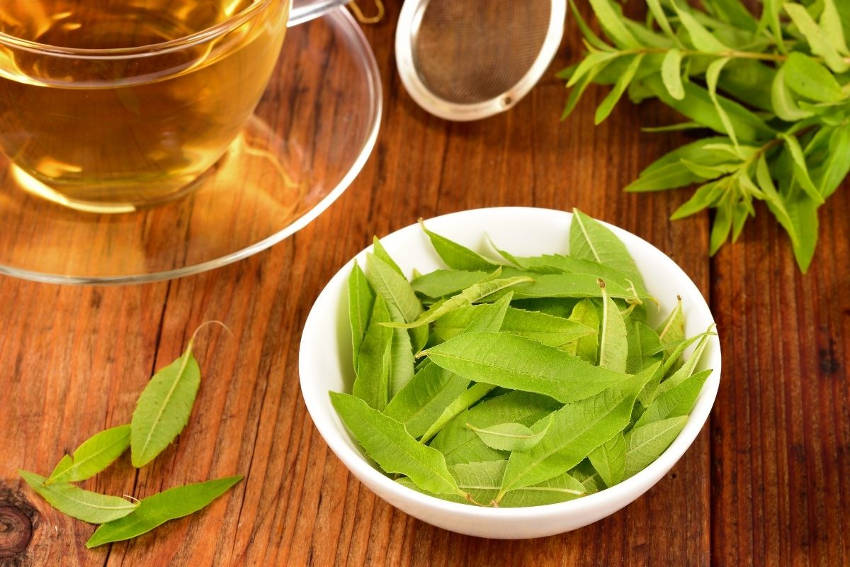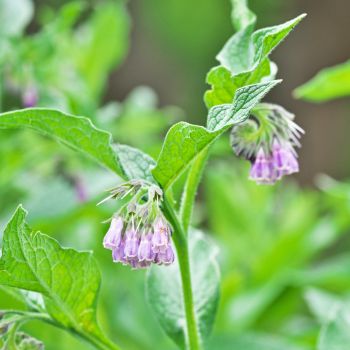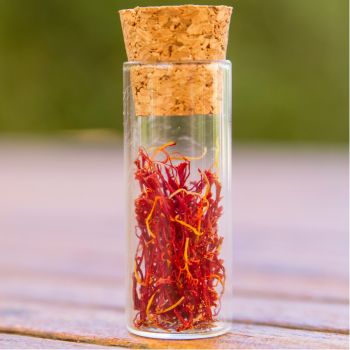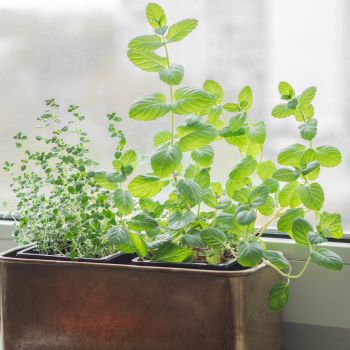The aromatic leaves of lemon verbena are said to be the most ‘lemony’ of any herb. Lemon verbena has a floral-lemon scent that is ideal for making herbal tea infusions and other drinks, to use with fish or chicken dishes or to add a lemony twist to salads.
Lemon verbena is easy to grow, providing you protect it over winter in cool climates, and will happily come back year after year to provide you with its delicious lemony leaves. Here’s what you need to know to grow and use lemon verbena in your garden.
What is Lemon Verbena?
Lemon verbena (Aloysia citrodora) is a deciduous, semi-deciduous or evergreen perennial shrub that is grown for its narrow lance-shaped lemon-scented leaves. Whether it looses its leaves in winter depends on the climate it grows in; in most of Australia the shrub will keep its leaves throughout the year. Lemon verbena can grow up to 2.5m in height, but is usually kept to around 1m in height and spread when grown in a container or outside of its native conditions. It bears tiny white or lilac flowers in summer when the scent of its leaves are at their strongest.
Lemon verbena originates from South American countries such as Chile and Argentina. It was reportedly bought to Europe in the late 18th century by French and Spanish botanists. It was soon in cultivation in European glasshouses, grown for its aromatic oil.
Uses of Lemon Verbena
Steeping a couple of lemon verbena leaves in boiling water, possibly with the addition of a sprig of mint, will produce a delightful herbal tea infusion. It is said to have a mild sedative effect and also to aid digestion, so is ideal for a late evening brew. The leaves can also be used in summer drinks and cocktails, sometimes steeped in water and sugar to make a sweet lemony syrup or cordial.
Culinary uses are as a substitute for lemon to complement chicken or fish dishes. One option is to place a couple of leaves inside a whole chicken prior to roasting to scent the flesh. It can also be used to add flavour to a sorbets, ice creams and jams, or to provide added zest to a salad mix.
Lemon verbena essential oil is sometimes used in skin and haircare products, though the usual precautions should be taken to ensure it is not an irritant to sensitive skin. Its foliage has also been used in flower arrangements to provide a scented backdrop to blooms.
Lemon verbena foliage can be dried by hanging branches of blemish-free leaves in a cool, dry space. The dried leaves can then be stored in airtight containers and used in pot pourri mixes, sachets for linens or to flavour dishes out of season.
Lemon Verbena in the Garden
Lemon verbena is not usually grown from seed. Instead, take a cutting or start with a seedling. Lemon verbena seedlings can be planted from spring through the autumn. Plant seedlings as you would any herb, making sure to water in well after planting.
Lemon verbena prefers a position in full sun or partial shade and is ideal planted near to where you can brush past it and get a whiff of its delightful lemony fragrance. It prefers a soil that is reasonably free-draining (so use a good quality potting compost for container-grown plants) but is not fussy about soil pH. Plants growing in containers will benefit from a balanced liquid fertiliser, such as liquid seaweed, every month during the growing season.
It is important that lemon verbena is pruned and harvested regularly during late spring and summer to promote a bushy habit. It is best to harvest when the plant is in flower as this is when the leaves are at their most scented. Remove up to a quarter of each stem by cutting just above a leaf node. You can then strip the leaves off of the stem and use them straight away, or dry them for use later in the year and over winter. To help maintain the shrub’s size and shape, prune plants at the first sign of new growth in spring.
Opinions vary as to just how much frost lemon verbena can cope with. In its native habitat it will keep it leaves all year round and form a large 2-3m shrub. However, plants will lose their leaves with regular frosts and temperatures below 0°C.
In frost-prone regions, ensure the best chance of success by choosing a sheltered position, perhaps against a north-facing or east-facing wall, and a well-drained soil that does not get waterlogged in winter. You may choose to mulch the roots in autumn to provide added protection.
Lemon verbena is a useful addition to a herb or kitchen garden, or simply as a reliable perennial that will add a zesty fragrance to the garden.
